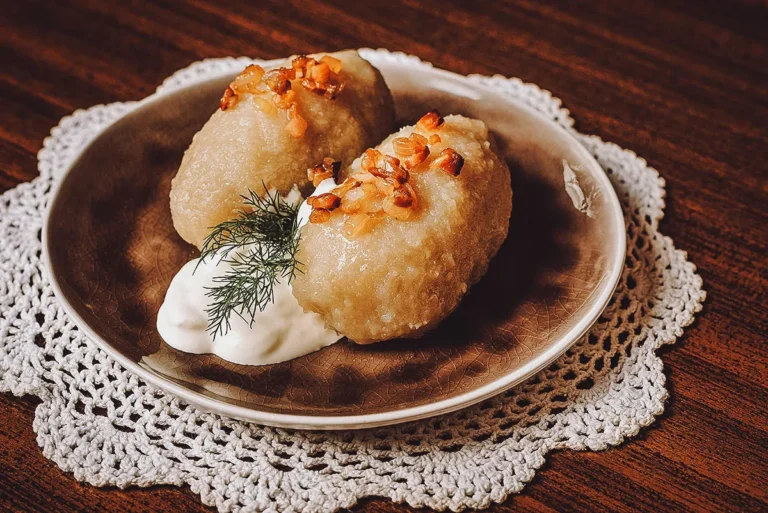Introduction: Lithuanian Cuisine
Lithuanian cuisine is a blend of Eastern European and Scandinavian influences. The country’s cuisine has been shaped by its natural resources, geography, and historical events. The Lithuanian cuisine is known for its hearty, filling dishes that are perfect for the country’s harsh winters. Some of the most popular Lithuanian dishes include cepelinai (potato dumplings filled with meat), kugelis (potato pudding), and šaltibarščiai (cold beet soup). Lithuanian cuisine is also famous for its bread, which comes in various shapes and sizes.
Lithuanian Folk Traditions
Lithuanian culture is rich in folk traditions and customs. These traditions have been passed down from generation to generation, and they play an important role in the country’s cultural identity. Lithuanian folk traditions are often closely connected to nature and the changing seasons. The most famous Lithuanian folk tradition is probably the summer solstice celebration, known as Joninės. This celebration involves bonfires, dancing, and the making of traditional dishes such as šakotis (a spiral cake made from batter).
Folklore and Food
Lithuanian folklore is also closely connected to food. Many Lithuanian folktales feature food as a central theme. For example, there is a Lithuanian folktale about a magical tree that bears fruit with healing properties. In another folktale, a girl must complete a series of tasks, one of which is to cook a meal for the devil. The dishes she prepares are so delicious that even the devil himself is impressed. These stories reflect the importance of food in Lithuanian culture and the belief that it can have magical properties.
The Role of Nature in Lithuanian Cuisine
Nature plays a significant role in Lithuanian cuisine. The country’s abundant forests, lakes, and rivers provide a wealth of ingredients that are used in traditional Lithuanian dishes. For example, wild mushrooms and berries are commonly used in Lithuanian cooking. Fish from the country’s lakes and rivers are also a popular ingredient. Lithuanian cuisine also features a lot of dairy products, such as sour cream and curd cheese, which are made from milk obtained from local farms.
Lithuanian Festive Foods
Lithuanian cuisine is especially rich in festive foods. Many traditional Lithuanian dishes are associated with specific holidays or celebrations. For example, kūčiukai (small sweet breads) are traditionally eaten on Christmas Eve, while pancakes with cream and jam are a popular dish on Shrove Tuesday. Easter is also an important holiday in Lithuania, and traditional Easter dishes include coloured eggs, ham, and a sweet bread called margučiai. These festive foods are an important part of Lithuanian culture and are often prepared using traditional methods.
Conclusion: The Mythical Tastes of Lithuania
In conclusion, Lithuanian cuisine is deeply connected to the country’s folk traditions and folklore. The use of local ingredients and the influence of nature make Lithuanian dishes unique and flavorful. Lithuanian festive foods are especially rich in tradition and are an important part of the country’s cultural identity. Whether you’re enjoying a traditional Lithuanian dish or listening to a Lithuanian folktale, you’re sure to experience the mythical tastes of this fascinating country.

